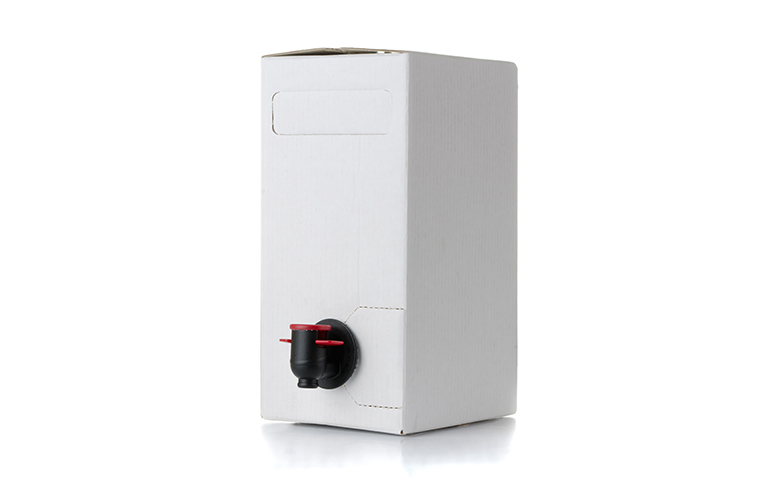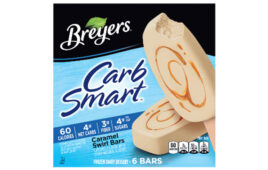 Customers found renewed interested in boxed wines during the height of the pandemic. As COVID-19 began in spring of 2020 and bars and restaurants shutdown in various areas of the country, customers looked to stock up on wine. Three-liter boxes of wine became a popular purchase.
Customers found renewed interested in boxed wines during the height of the pandemic. As COVID-19 began in spring of 2020 and bars and restaurants shutdown in various areas of the country, customers looked to stock up on wine. Three-liter boxes of wine became a popular purchase.
Boxed wine’s stay-fresh packaging and value also struck a chord with customers. Savvy c-store category managers increased their stock of boxed wines and saw sales climb.
When boxed wine first hit store shelves in the 1980s, it was as a value buy rather than as a premium product. As a result, boxed wine developed a stigma in past decades as being of lessor quality than a bottled wine. But that perception has changed today, especially among millennials and Gen Z adult consumers, who weren’t born or old enough to drink during the early days of boxed wine.
Another reason for the shift in perspective is that packaging in general is changing today as customers become more eco-conscious and look for sustainable solutions, making customers more accepting of alternative packaging in general. Boxed wine offers a sustainable and environmentally friendly packaging solution. TetraPaks are made from paperboard, polyethylene and aluminum, and are recyclable. TetraPaks are replacing plastic packaging across categories, and customers are used to seeing it on store shelves.
Alternative wine packaging has also become a trend, with cans of wine also appearing in c-store cold vaults. Bag-in-a-box and TetraPak technology have improved over the years and are better able to keep product fresh. As technology has improved more wine brands have expanded into TetraPaks and other boxed wine formats. Today, boxed wine has improved to include a much larger range in terms of the quality and varieties of wine offered in the format, including premium labels. Customers stocking up on one-liter or three-liter boxes can be assured their wine will stay fresher longer than if they purchased a large bottle.
Not only are customers more accepting of boxed wine — it continues to be in high demand. As a result more c-stores are creating space for this segment within their wine sections.




